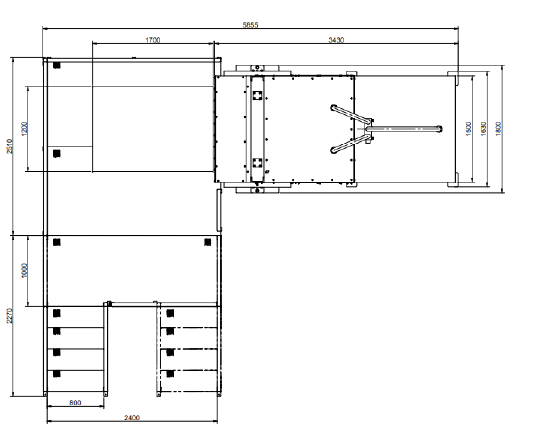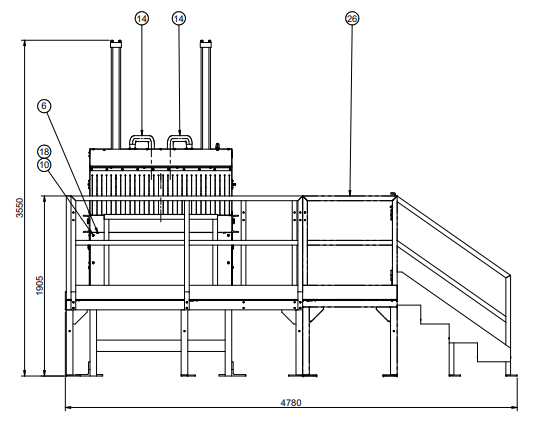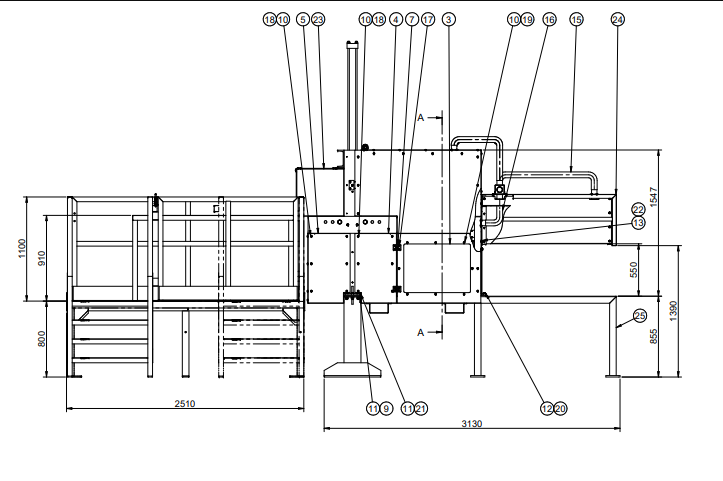Linea pentru reciclare toner vă permite să recuperați cartușelor de toner din materiale plastice, metale și praf alcătuite din pigmenți și polimeri plastici. Toate componentele recuperate în timpul activităților de reciclare a tonerului sunt astfel refolosite și regenerate. Reciclarea tonerelor necesită atenție și grijă în ceea ce privește manipularea pulberilor pentru a evita riscurile de explozie cauzate de dimensiunea particulelor pulberilor. Capacitatea de producție a liniilor de reciclare a tonerului rezidual variază în funcție de solicitările utilizatorului final și de tipul de materiale de tratat.
Mai multe fabrici de reciclare proiectate și fabricate de Stokkermill Recycling Machinery:
• Echipamente electrice și electronice și linii de rafinare (DEEE)
• Instalatii si linii de prelucrare/rafinare a aluminiului
• Stații/linii de tratare a vehiculelor scoase din uz (ELV).
• Linii de tratament hard-disk
• Instalații și linii de reciclare a tonerului
• Instalatii si linii de reciclare a panourilor solare
• Liniile și liniile de tratare a pufurilor
• Instalații și linii de reciclare a cablurilor
• Instalații și linii de procesare a cardurilor electronice PCB
• Instalatii si linii de reciclare a capsulelor de cafea
• Instalatii de concasare a reziduurilor si linii de tratare















